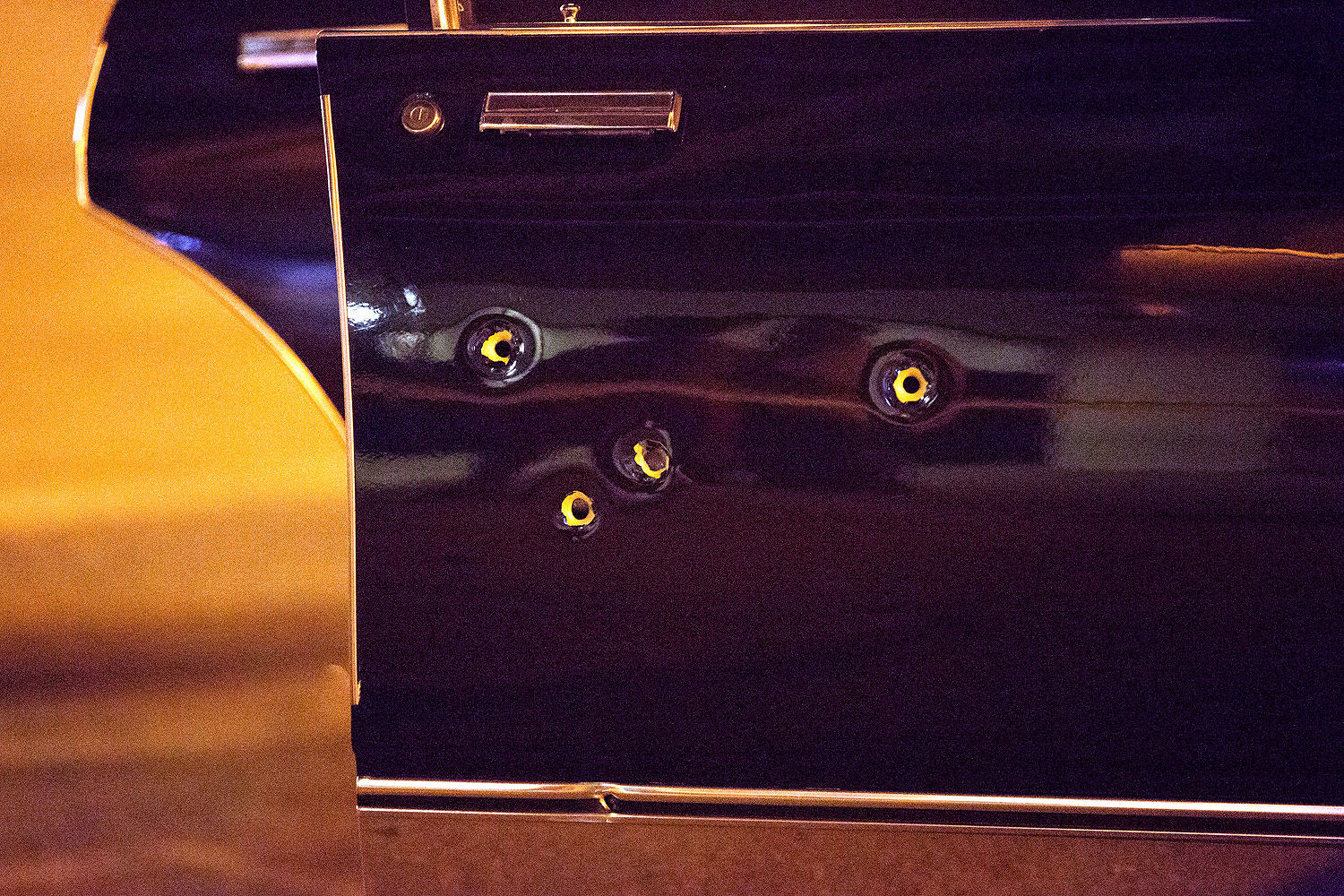Last night Rahm Emanuel delivered a widely anticipated speech about violence in Chicago. The proposed solutions were wide-ranging but incremental: more police officers to build up the ranks after years of attrition (including 200 more detectives, a substantial increase over the current numbers); strengthening sentences for repeat violent offenders (which is out of the city's hands, but Emanuel backed a recent bill from Kwame Raoul); and the expansion of job and mentoring programs like the successful One Summer Plus, which I've written about before.
Perhaps the biggest news was the $36 million expansion—split between public and private funding—of mentoring programs like Becoming A Man, widely recognized for its success as an antiviolence initiative. But success is relative: BAM reduced violent-crime arrests by around 50 percent in the short term, and a similar program specific to the juvenile detention center dropped recidivism rates around 20 percent over 18 months. So there's hope it could work well among at-risk kids and reasonably well among the most at-risk. That's very promising by the standards of programs like this but not a silver bullet, and the reaction today has been muted.
Most things will seem like a half-measure given the increase, so people are searching for the root causes. Three recent approaches are worth examining.
Population Loss
This has been on my mind for awhile. Chicago has lost a significant percentage of its black population—181,000 people from 2000 to 2010. Latino immigration to Chicago has slowed (and first-generation immigrants have very low crime rates), and prior generations of Latino immigrants have been moving to the western edges of the city. So the theory might go something like this: when there's migration, the people with the most resources and ability/desire to seek a better situation will generally be the most likely to migrate. Social ties fray, the neighborhood foundation weakens.
Alden Loury, a journalist I've been reading for a long time, has started to investigate the connection between population loss and homicide in Chicago. What he's got so far is correlation, not causation, but his map of the two is suggestive of a relationship.
The Disappearance of CeaseFire
Cure Violence, the umbrella organization for the CeaseFire model, just made the case that it is. Again, it's mere correlation, but it's a compelling correlation.
Of course, Cure Violence is arguing for its own program, but others have made this argument recently, like James O'Shea in a thorough piece for the Sun-Times:
Northwestern’s Skogan did the deepest evaluation of CeaseFire for the U.S. Justice Department. His team analyzed seven CeaseFire sites in Chicago and concluded that the program led to “distinct and statistically significant declines” in actual and attempted shootings in four of the seven sites, ranging from 16 to 28 percent declines in the neighborhoods of Auburn Gresham and Englewood on the South Side and West Garfield Park and West Humboldt Park.
Skogan’s study, published in 2009, noted that each site had a different CeaseFire team and a different host organization, meaning the analysis focused on several CeaseFire operations and not just one. Nevertheless, since he published his study, crime in all four neighborhoods has consistently increased once the CeaseFire teams left because of recurring budget problems.
All now rank in the top eight most violent neighborhoods in Chicago, accounting for 112 homicides and 590 shootings so far in 2016, according to Chicago Police Department data and local news reports.
And that feeds into the third one.
The Dismantling of Gang Leadership
In Slate today, Leon Neyfakh takes on a subject that you've probably read about, the "splintering" of Chicago's gangs: once hierarchical and based around relatively strict territories, the slow and thorough dismantling of their leadership by Chicago police and the feds have led to more diffuse and unpredictable structures.
But Neyfakh addresses an issue with this theory: Chicago was really violent when its gangs were large, powerful, and hierarchical. And he goes in an interesting direction with it:
It’s possible that the essential truth revealed by what happened in Chicago since the conviction of Larry Hoover in 1997 is that the problem of violence in the city’s poorest neighborhoods is not one that can be solved through policing. “It really shows that there’s a limit to what law enforcement can do,” said [sociologist Andrew] Papachristos. “We’re not going to arrest our way out of this problem. Sure, police should continue to make cases where gangs are involved in violence, where they’re really hampering community safety and well-being. … But that’s not gonna solve this.”
With the gang hierarchies largely wiped out, and the commercial motives for gangbanging significantly constrained, what we’re left with is a clear and sobering view of the reasons why so many young people in Chicago, and elsewhere, choose to participate in so stressful and dangerous a way of life. Those reasons have little to do with whatever benefits come from selling drugs.
"Can be solved" is an unfortunate direction in an otherwise good piece. Nothing "can solve" the problem, but lots of things can probably improve it. We're going to get more of a couple of the most promising solutions in the next couple years. Hopefully they'll work. But more important, if they do work, hopefully we'll implement them more broadly, and not let them fade once the problem does.



